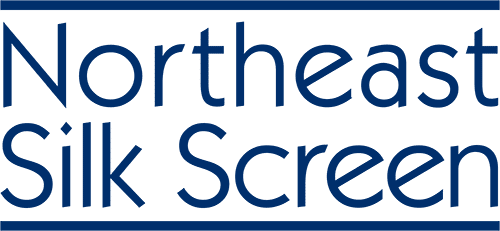Many industries use screen printing to transfer text and images onto various materials. Despite all the different purposes for screen printing, it’s important in every industry to have production art that a printer can precisely reproduce on the finished product.
Here are the most important things to consider when designing production art for screen printing.
Image Resolution
To ensure that your silk screens result in high-quality prints, you want your production art to be at least 300 DPI. If the resolution is any lower, it will be difficult to reproduce precisely and accurately. It’s best to consult with a graphic designer experienced in creating art for screen printing. At Northeast Silk Screen, we have an in-house design team that can help you design images for both silk screens and printing plates.
Color Choice and Contrast
In silk screen printing, each color is printed separately. You want to choose colors that not only look good together but that will be easy to reproduce in the printing process. You also need to keep the color of your substrate material in mind. Certain colors may not show up or will require multiple layers of ink, which will affect the look of the finished product.
Text and Legibility
If there is any text in your production art design, it needs to be legible. The size, font, and color of the text all contribute to how easy it will be to read. Fine lines and small text can be difficult to read, especially on porous substrates. There are, however, some applications for screen printing when small print and fine lines are required. A common example of this is medical applications and the markings for precise measurements. It’s important to design your production art with the final product and its use in mind.
Substrate Material
The substrate material is the material that you are going to print your image on. Some materials, particularly fabrics, will absorb the first layers of ink, which may distort the image. Other non-porous materials will not have this problem, but, as we mentioned before, you will have to take the color of the substrate material into account.
